Chesapeake Hall
Introduction
Text-to-speech Audio
Images
Chesapeake Hall, Student in Kitchen
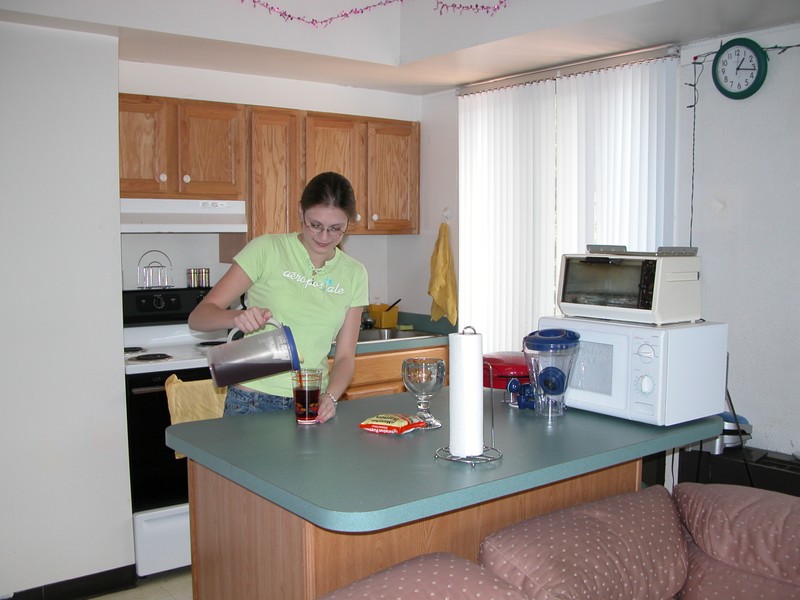
Chesapeake Hall, circa 1980s
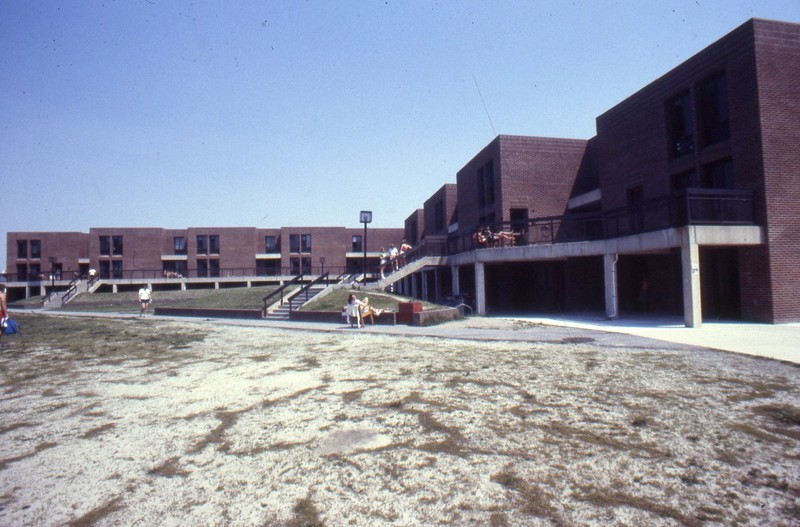
Chesapeake Hall, 2010
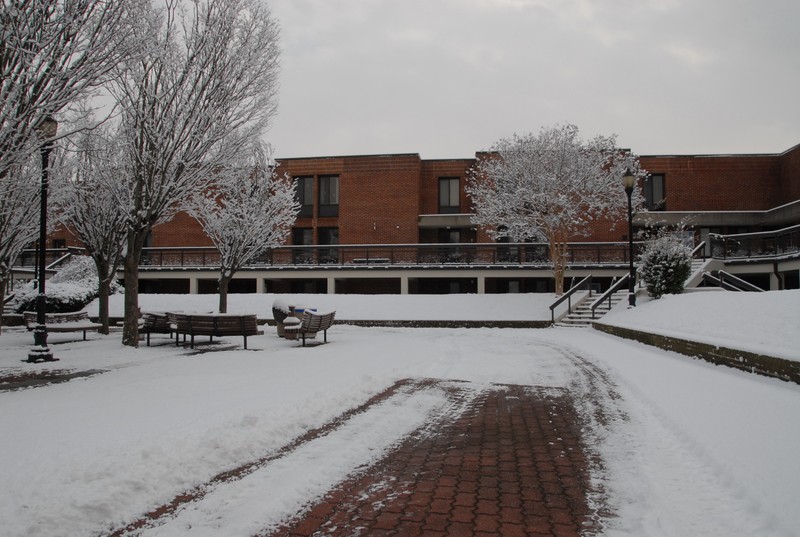
Chesapeake Hall on right
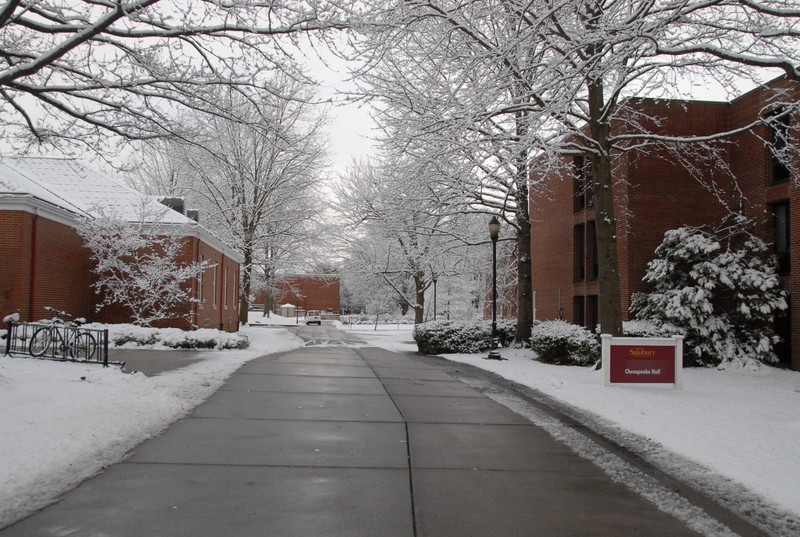
Students on Chesapeake Hall's Balcony, 1980s
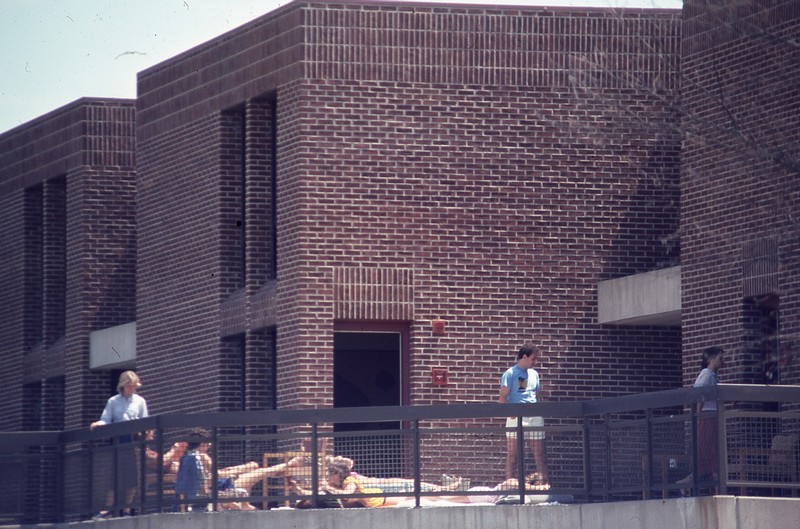
Back of Chesapeake Hall, 2020
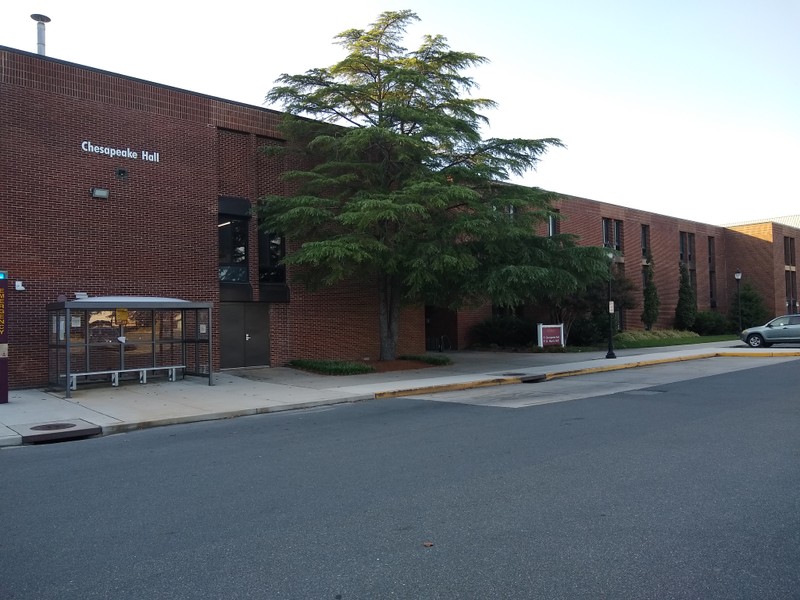
Chesapeake Hall, 2020
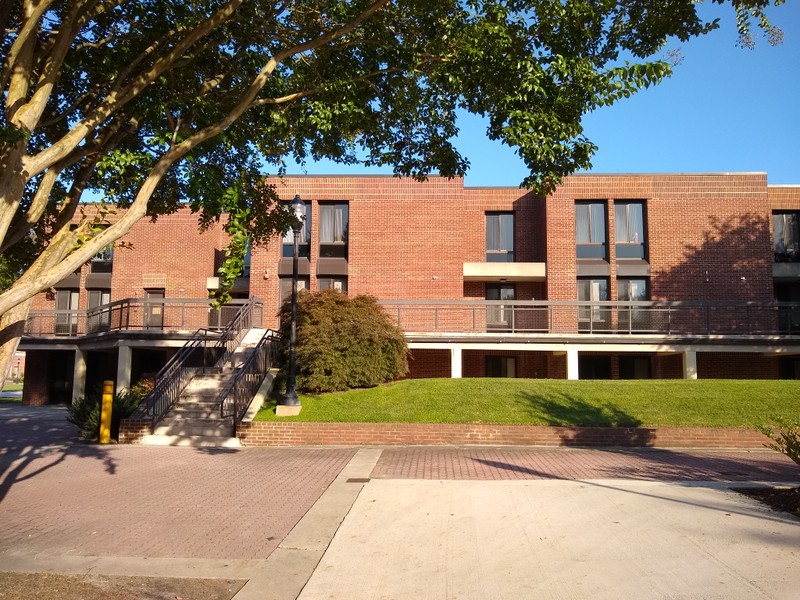
Chesapeake Hall, 2020
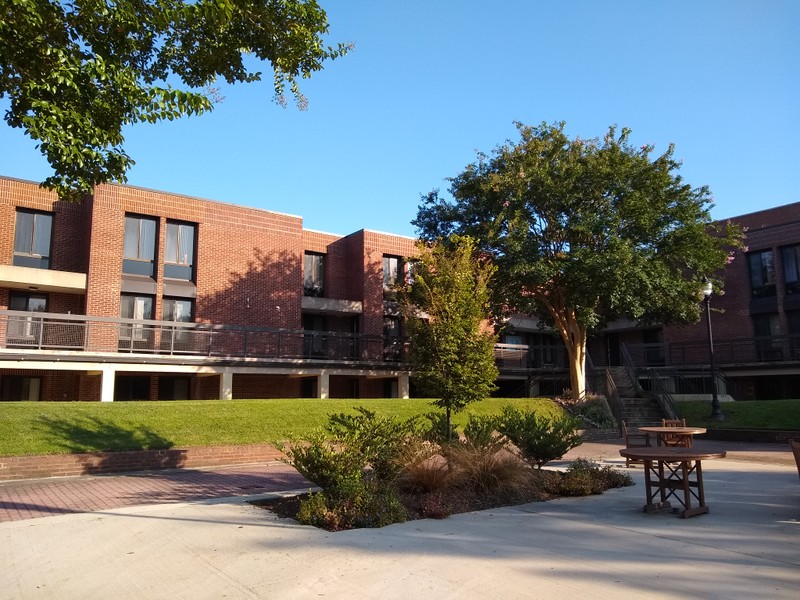
Chesapeake Hall, 2020
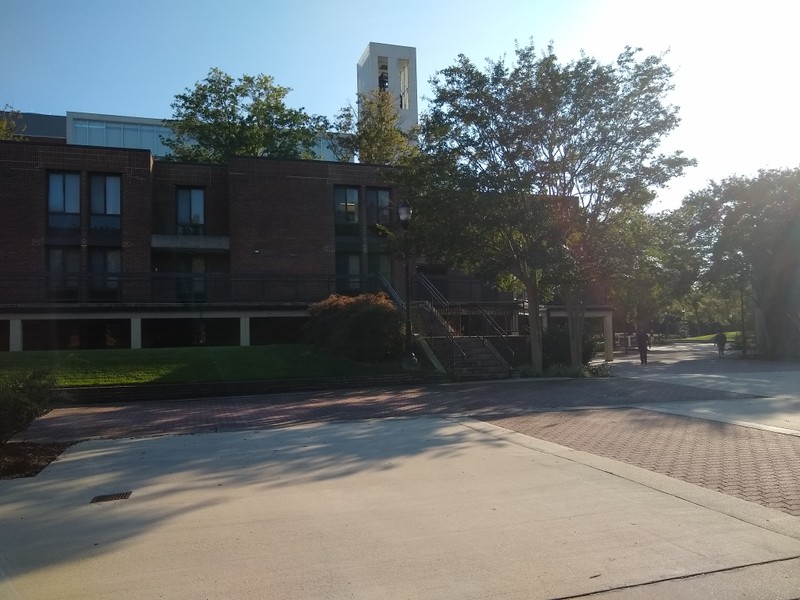
Construction of Chesapeake Hall, circa 1970
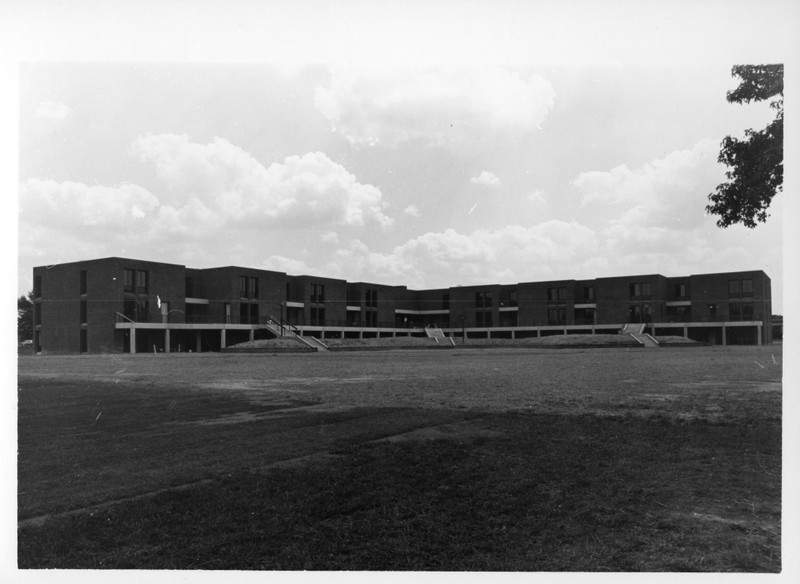
Backstory and Context
Text-to-speech Audio
Construction began on Chesapeake Hall in 1975 and was tentatively called the Chesapeake Complex before its completion. The new dormitory opened in September 1976 under the presidency of Dr. Norman Crawford. Chesapeake Hall would be the seventh on-campus residence hall at Salisbury State College.
Chesapeake Hall is a brick, three story structure. It consists of twenty-three single gendered apartments. Each apartment has four bedrooms, a kitchen, two bathrooms, laundry capabilities, lounge, and private entrance. Apartments on the second story have a shared balcony. Eight students live in each apartment.
Reception to the new dormitory was initially lukewarm. The building was not fully furnished until November and the eligibility system was met with controversy. Chesapeake Hall was intended to exclusively house seniors as preparation for apartment style living after graduation. However, this intention was often overlooked to also prioritize Juniors. Groups of eight signed up to live together in the dorm, with priority determined by student seniority and where they had lived the previous year. Those living in traditional single-sex dorms were given priority over those living in co-ed dorms. Despite the initial chilly reception, Chesapeake Hall eventually became one of the most popular residence halls on campus.
Chesapeake Hall is still in operation today. However, it now primarily houses sophomores, not upper level students. The dorm also has a communal lounge with a full kitchen on the first floor.
Sources
Bradley, Sylvia. Salisbury: From Normal School to University. Salisbury, Maryland. Salisbury University Press, 2002.
Patchett, Joy. "Chesapeake Without Furniture." The Flyer (Salisbury) September 15th 1976.
Salisbury University. Chesapeake Hall, Salisbury University. Accessed May 28th 2020. https://www.salisbury.edu/administration/student-affairs/housing-and-residence-life/residence-halls/chesapeake.aspx.
Salisbury University. "Construction Boom Continues." The Flyer (Salisbury) October 7th 1975.
Stack, Joan. "Questions on New Dorm Answered." The Flyer (Salisbury) April 6th 1976. .
Nabb Research Center, SUA-031
Nabb Research Center, SUA-031
Nabb Research Center, SUA-031
Nabb Research Center, SUA-031
Nabb Research Center, SUA-031
Jennifer Piegols
Jennifer Piegols
Jennifer Piegols
Jennifer Piegols
Nabb Research Center, SUA-031
